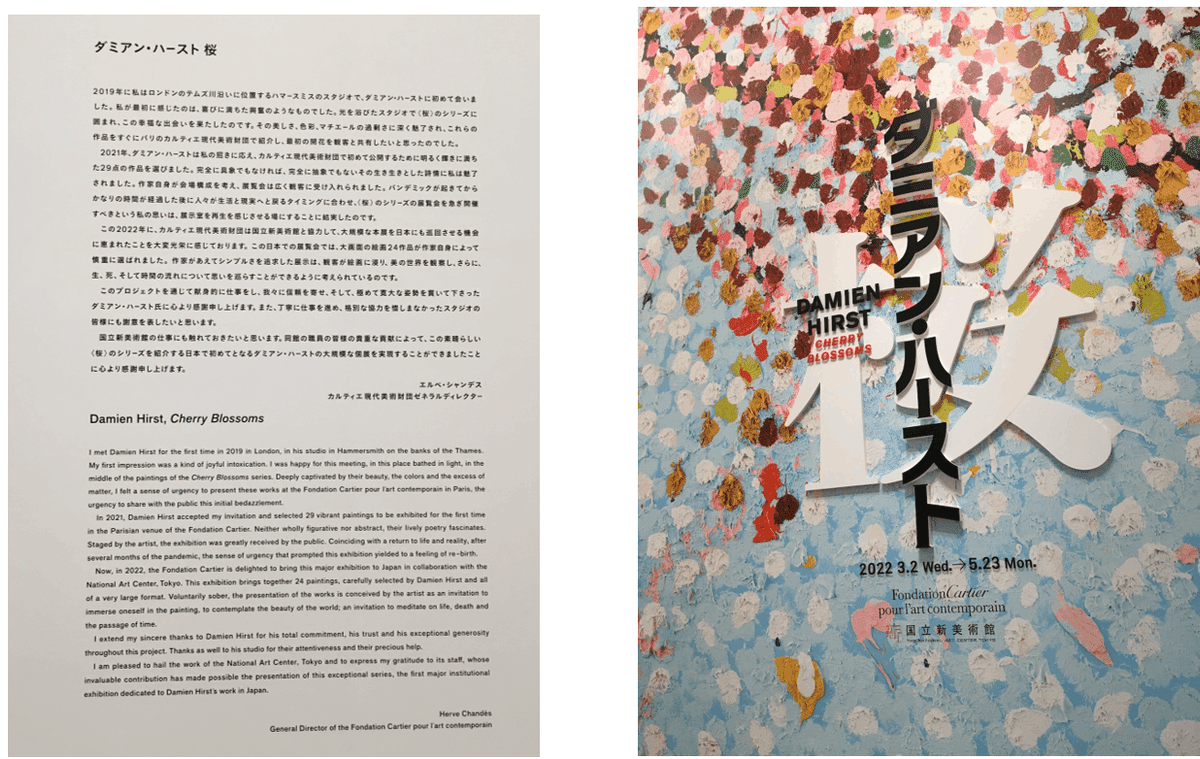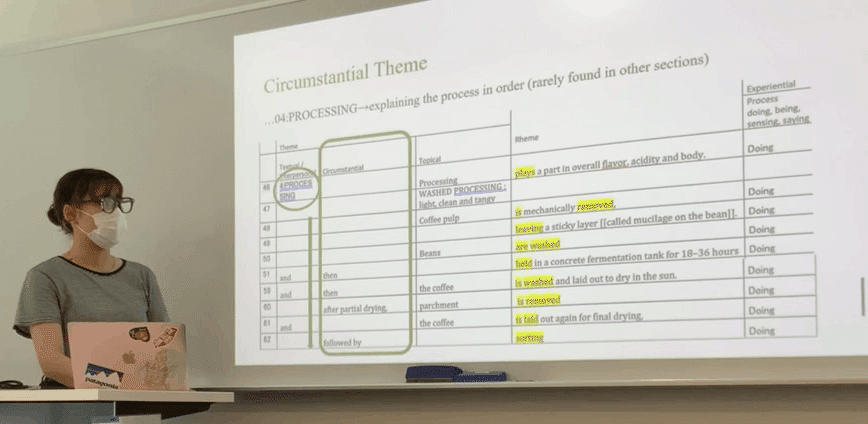
Let’s collect some texts!: Be curious and learn about language and its meaning potential
神奈川大学外国語学部英語英文学科です。学科の先生によるコラムマガジン「Professors’ Showcase」。今回は、対照言語学が専門のソニア・チック先生による"Let’s collect some texts!: Be curious and learn about language and its meaning potential"です!
“I love learning languages. And I want to be able to speak many languages and make friends with people around the world!” I’ve heard this many times from my students who are enthusiastic about learning language. Some say they want to learn Korean because they love K-pop and are interested in the culture, fashion and food. Likewise, for a lot of international students, reading manga and watching anime is what motivates them to learn Japanese. These are all very good reasons to pick up a foreign language. However, if you really want to be good at a language, you need to go beyond the contexts of dramas and manga, and learn about how the language is used in different situations and settings, both in written and spoken form. This will help you expand your capacity to make meaning in the language you are learning.
How do I expand my language capacity?
One way to learn about a language is to collect text samples from different social contexts. In my linguistics class (Studies on Language and Society), students collect text samples from different situations and learn about the language features of each type. We use a text typology pie chart (Matthiessen & Teruya, 2016) and functional grammar to explore the characteristics of the texts, which are classified into eight broad types according to the field of activities.
expounding knowledge (e.g. textbook / lecture)
reporting events or phenomenon (e.g. news report / biography)
recreating aspects of human life in fictional world (e.g. novels and dramas)
sharing personal experience and values (e.g. casual conversation / blog)
recommending through promotion(e.g. advertisement / financial advice)
enabling by instructing or regulating (e.g. recipe / legal document)
doing (e.g. customer service)
exploring social values(e.g. public speech / customer review)

(Matthiessen and Teruya, 2016:208)
The text typology pie chart can also be used for self-assessment and setting goals for language learning. Findings from a student survey show that GEC/IES students at the Kanagawa University are reading English advertisements (recommending type), magazines (reporting / recommending type) and product reviews (exploring type) on a regular basis. However, they would like to read and learn more about news articles (reporting type), technical (expounding type) and legal texts (enabling - regulating type). When asked about the fields in which they would like to use their English skills, the top answers are corporate and business, customer services and translation/interpretation. With this in mind, students can proactively collect English texts from situations that they are less frequently exposed to and study the language features such as vocabulary, grammar, text organization, and communication style to improve their English proficiency.
Where do I find text samples?
You can collect text samples from small encounters with text in your daily life. For example, if you like to cook, collect recipes in English or whatever language that you are learning and try to find features that characterize the text type. Research shows that English recipes are characterized by the imperative form (sentence that starts with a verb to give a command). Is it true in Japanese? How about Chinese and Spanish? The more languages you know, the more fun you will have comparing these features and finding out how different languages use words and grammar differently to fulfill the same communicative purpose.
For those of you who are interested in learning and comparing different languages, you can collect bilingual free magazines or multilingual guidebooks to start with. Movie posters and environmental posters are good sources for comparison of language use in the media. If you love arts, museums and galleries also offer a variety of text samples from artist biography, art description to announcements. In most cases, they are also written in different languages.


As a hobby, I like to browse museums and art galleries not only to appreciate the arts, but also to collect texts. In areas where photo-taking is permitted, I will take photos of both the art and different types of text relating to the artpiece, the artist and the event organizers. The text data will then go into my text collection for future study and analysis. Here is an example of a text hat I have collected at an art exhibition last year.


(Photos taken under the permission by the organizers on 18 March 2022 during my visit to the National Art Center, Tokyo)
The text will be classified under the text typology chart based on the context of situation and patterns of language features. I haven’t quite finished analyzing the text yet but some prominent language features could be identified at first glance. For example, the text is broadly organized in a chronological time sequence recounting a short biography of Damien Hirst, which is typical characteristic of a reporting text type. A further analysis on the experiential grammar will probably show some cross-linguistic differences between English and Japanese that are typical for this type of text.
What do I do with the texts I collected?
Once you have collected a number of texts in the areas of your interest, you can then venture into other types of text that you don’t usually read. As indicated in the student survey, these could be scientific texts, business proposals and legal texts. These texts may not be interesting to read but they contain vocabulary and grammatical structure that will help you expand your knowledge and language proficiency. You may even find them useful in your future career. If you keep a text bank and continue to add text samples to your collection, you can analyze and compare texts at your own pace using some simple tools. As you expand your text collection, you also expand your capacity to mean through language.
Language learning is a lifelong journey. You may start with learning the language by taking classes to learn how to speak and write in that language. Then when you have reached a certain level of proficiency, you may want to challenge yourself and learn through the language. We offer this opportunity in the GEC program where English is used as a learning medium through which students acquire specialized knowledge such as global culture, global communication and world literature. Finally, you may want to engage in what is referred to as learning about the language. Gaining the awareness of how language is used in different social settings and observing how language features vary in different contexts of situation is one way to start. If you are interested in learning more about the text typology approach and the tools to analyze texts in context, you are welcome to join my class in Studies on Language and Society. It is open to both IES and GEC third year students. I hope you can take pleasure in the small discovery along the way.
In closing, I’d like to share some scenes of students during their final presentations in Studies on Language and Society I last year. It was indeed a valuable and fruitful learning experience for everyone.



References
Matthiessen, C. M. I. M., & Teruya, K. (2016). Registerial hybridity: Indeterminacy among fields of activity. Hybridity in systemic functional linguistics: grammar, text and discursive context, 205-238.
チック先生の研究はこちら!
GECプログラム(All English&留学必修)でGlobal Communicationを担当しています
